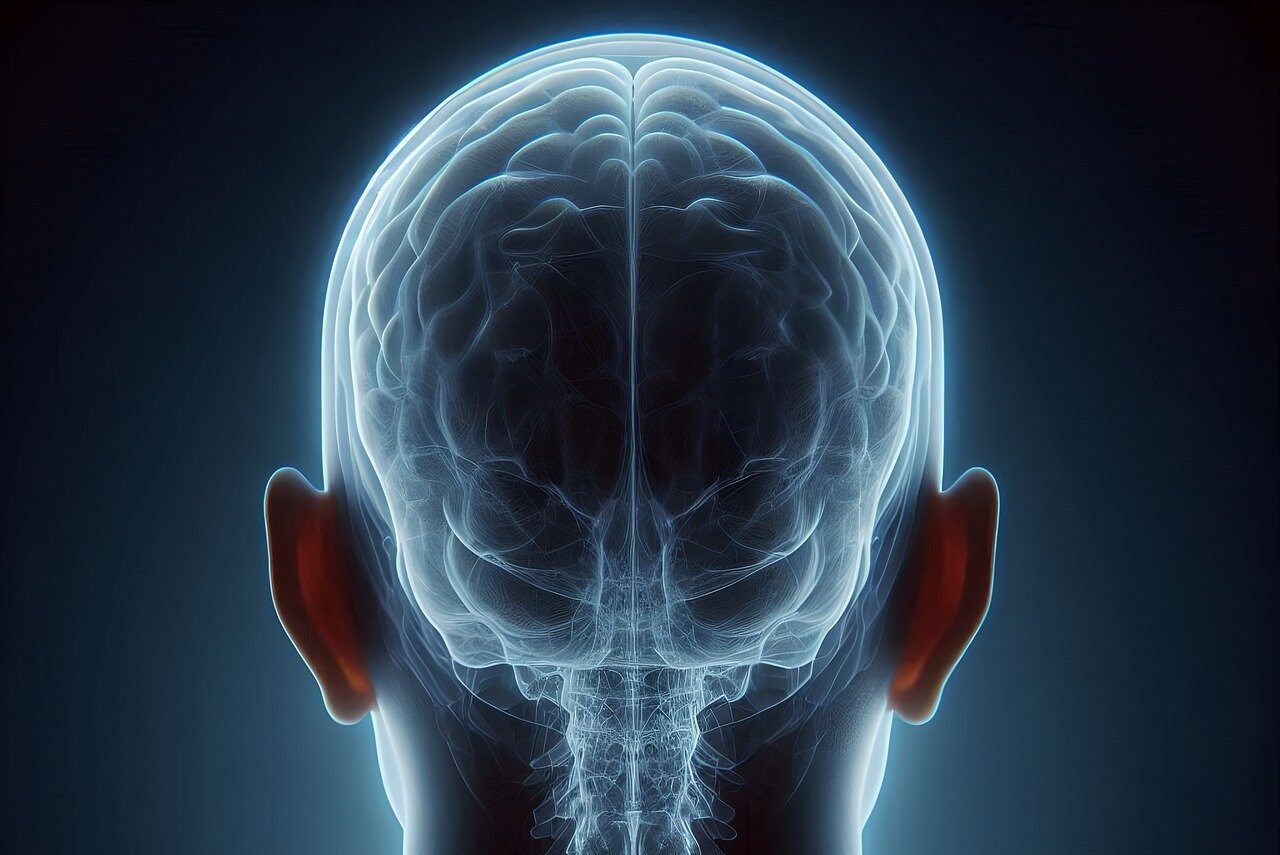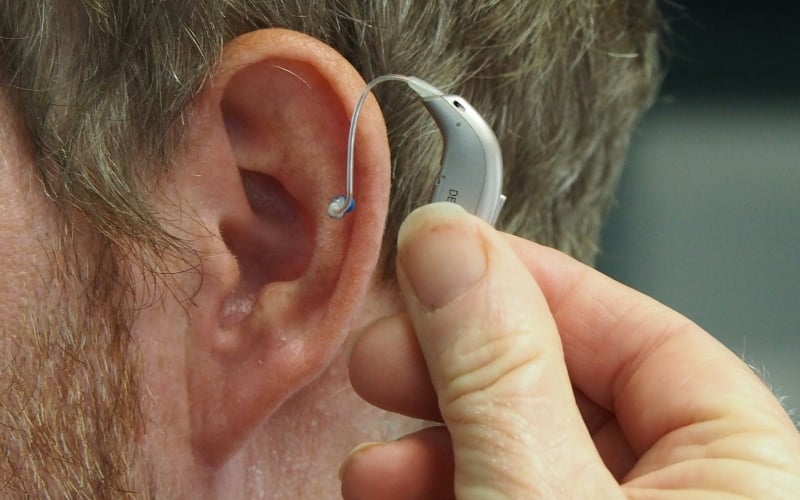Adolescence is a time of change and can result in new behaviors, but sometimes it can be hard for parents to determine whether their teen is acting normally or if they are exhibiting signs of mental health issues or underlying conditions.

Teenagers and preteens often have questions about their emerging feelings and changes but may be hesitant to bring the topic up around their parents because they may feel ashamed or abnormal. In addition to mental health issues that can begin or worsen during adolescence, there are also many other behavioral and developmental changes that occur between 10 and 19.
If you have other concerns about your child’s development, growth, or behavior, you can find plenty of additional resources and articles at BetterHelp about a wide range of different topics. Your son or daughter may also find it helpful to peruse the articles for their own concerns. These resources may also be good to use when you speak to your child about your concerns to allow them to see they are not alone and that there are things that can help.
If you are worried about your adolescent, then you probably want to know the common mental health issues that occur during preteen and teenage years as well as the differences between normal adolescence and concerning behaviors.
Common Mental Health Conditions During Adolescence
Mental illness is common during adolescence, particularly during the teen years. In fact, estimates show that nearly 50% of those between the age of 13 and 18 will experience some form of mental illness. Not only that, but the World Health Organization claims that around half of all mental health condition cases appear before the age of 14.
The reason that mental illness develops during adolescence likely involves many different factors. Hormonal changes, increased stress, new roles, and new environments can all play a part in the emergence of mental health problems. But what are the most common types of mental illness that occur during adolescence?
Depression
Depression affects a lot of preteens and teenagers and is more common with females than it is with their male counterparts. The symptoms of depression can negatively impact the quality of life and make a teen feel hopeless about the future. It can also contribute to self-harm and the second leading cause of death between the ages of 15 and 19 is suicide.
The good news is that there are very effective treatment options for those who suffer from depression. Therapy can be highly effective and is sometimes used in conjunction with medication to alleviate symptoms. However, it is important for an adolescent to get help because depression can worsen without treatment.
Anxiety
Anxiety is another common issue during adolescence and can also harm well-being, social welfare, and productivity. It can cause excessive worry and feelings of panic or fear. Some teenagers struggle with generalized anxiety, but others may have social anxiety and only have extreme symptoms when they have to attend social events or talk in front of others.
Anxiety is also treatable, and therapy can help a preteen or teen to process information and change negative thinking patterns into more positive thoughts. In therapy, they can also learn how to manage symptoms and cope with specific problems that they may be experiencing.
ADHD
ADHD starts during childhood, but the symptoms can change or worsen during preteen and teenage years. This is because older children will continue to have more responsibilities and ADHD may become more apparent by interfering with normal functioning.
Attention-deficit hyperactivity disorder can cause teens to be hyperactive or have trouble focusing. Medication is commonly used to treat symptoms and signs of ADHD, but therapy can also be beneficial.
Oppositional Defiant Disorder
A lot of teens and preteens have issues with behavior and may not always do what they are told, but when that defiance becomes a severe issue with constant anger, irritability, aggressiveness, and hostile opposition, then it may be signs of ODD. Therapy is also used for this disorder. Cognitive Behavioral Therapy is useful for the individual and family therapy can be good for mending issues and disagreements within the household.
Eating Disorders
Eating disorders like anorexia or bulimia are common in teens and is more common in girls than it is in boys. However, boys can also struggle with eating disorders. Anorexia can cause symptoms of food restrictions, body dysmorphia, and nutrient deficiency. Bulimia involves binge eating and purging. Any eating disorder can significantly impact well-being and physical health.
Other Mental Illnesses
There are additional mental illnesses that can develop or worsen during adolescence. Obsessive-compulsive disorder is a type of mental health condition that is characterized by obsessions, or overwhelming and illogical thoughts. These obsessions can lead to compulsive behaviors. Bipolar disorder is another that is associated with high energy periods called mania and low mood periods of depression.
Signs of Mental Illness During Adolescence
Adolescent behavior is often much different than the behavior of younger children or adults. This can make it harder to identify troublesome behaviors. However, there are certainly some things to keep an eye out for that may help you recognize signs that mental illness may be involved.
Drastic changes in a performance like lower grades or poor motivation may be a sign of mental illness. This may also coincide with a loss of interest in the things that the adolescent used to enjoy or look forward to. They may even isolate themselves and avoid social life or friends.
Mental illness can also cause extreme changes in eating and sleeping habits. A preteen or teen who suddenly starts eating or sleeping much less or much more may have an underlying mental health issue that is causing these radical changes.
Rapid changes in mood can also be a sign of mental illness. The child may have mood swings or sudden changes in energy levels. Another thing to look out for is irritability and aggressiveness. A teen or preteen with mental health concerns may also engage in risky behaviors like drug and alcohol use, unsafe sex, or speeding in a vehicle.
Self-harm is another thing to look out for. Self-harm could involve cutting, but it can also be biting hair pulling, or any other behaviors that inflict physical harm. Self-harm could be a sign of a serious issue and should not be taken lightly.
Talking to Your Adolescent
It may seem awkward to talk to your child about mental health and the behaviors that you are concerned about, but it can be the first step toward improved well-being. Try to approach the conversation from a non-judgmental state of mind and point out your concerns. Let them know that you have noticed odd behaviors and just want to make sure they are okay.
An adolescent may become irritated from these types of comments or questions but talking to them opens the door that may soon make them comfortable enough to share more with you. A lot of teens do not know how to tell others about the problems that they have and maybe thrilled to have you approach them about your concerns.
If your teen tells you that they are, in fact, struggling with poor mental health, then you can take the necessary steps to get them the help that they need. You can let their doctor know about the issues or go directly to a therapist for assistance. If there is a current mental health crisis involving self-harm, delusions, hallucinations, or threats of suicide, then you should take them to the hospital so that they receive immediate help.
Conclusion
Adolescence can be a difficult time, but mental illness can make it much harder and more distressing. It is good for any parent to know the signs that point to potential mental health conditions because recognizing the behavior is the first step to getting the adolescent the help that they need. It is important to remember that mental illness is usually highly treatable using therapy, medication, or a combination of the two.

Photo Credit: iStock
The post Mental Health and Adolescence appeared first on The Good Men Project.
Original Article










